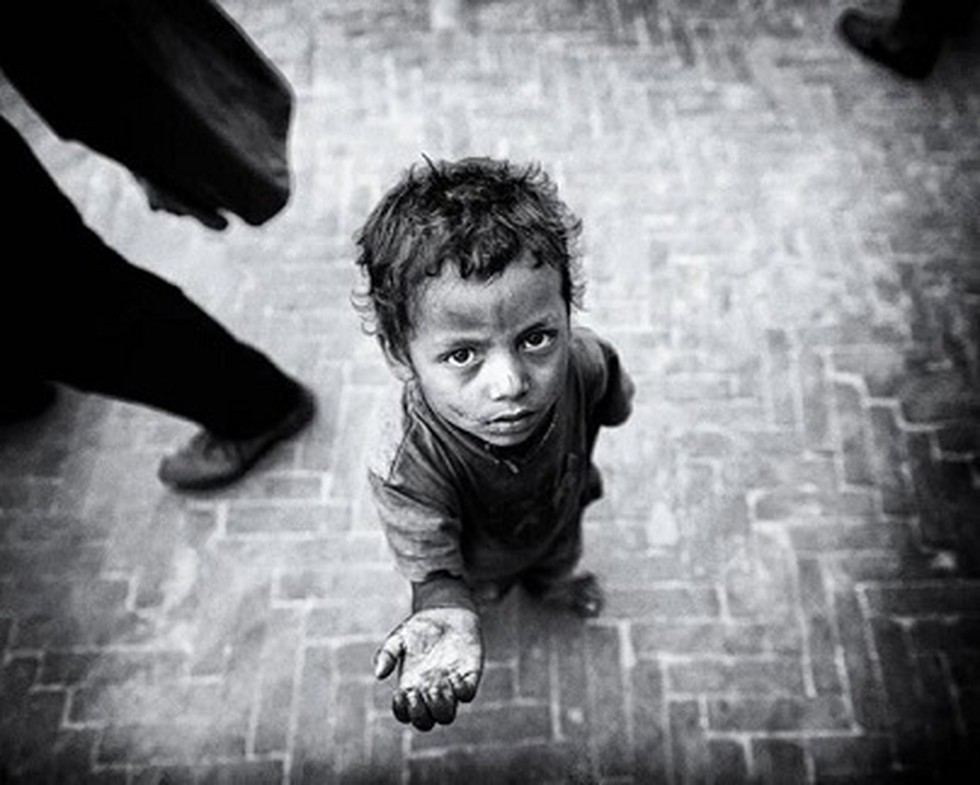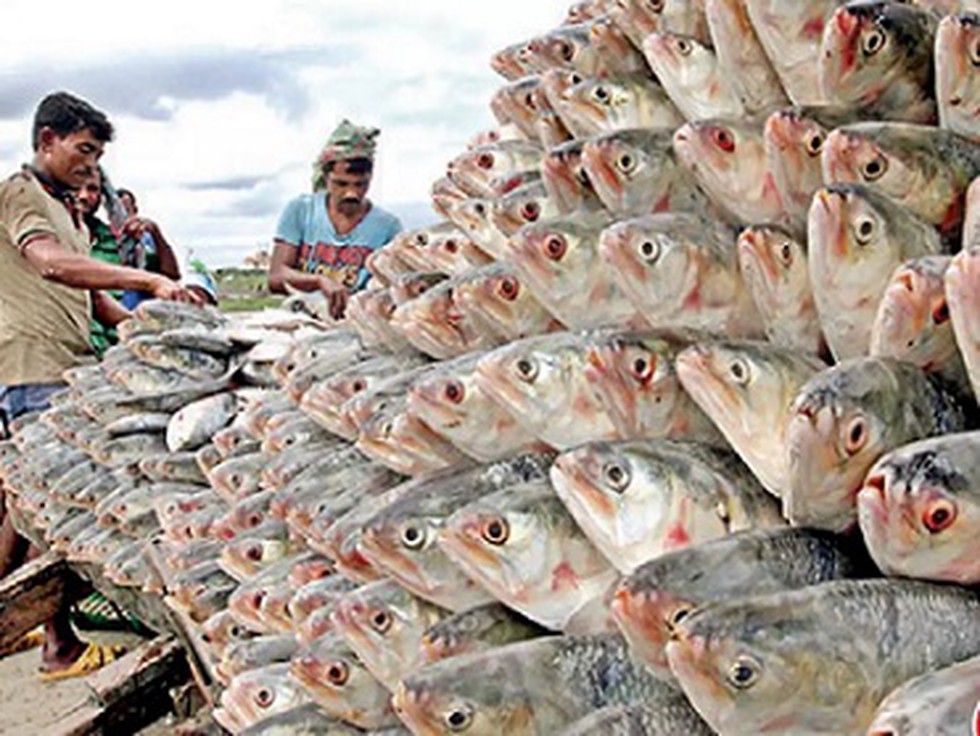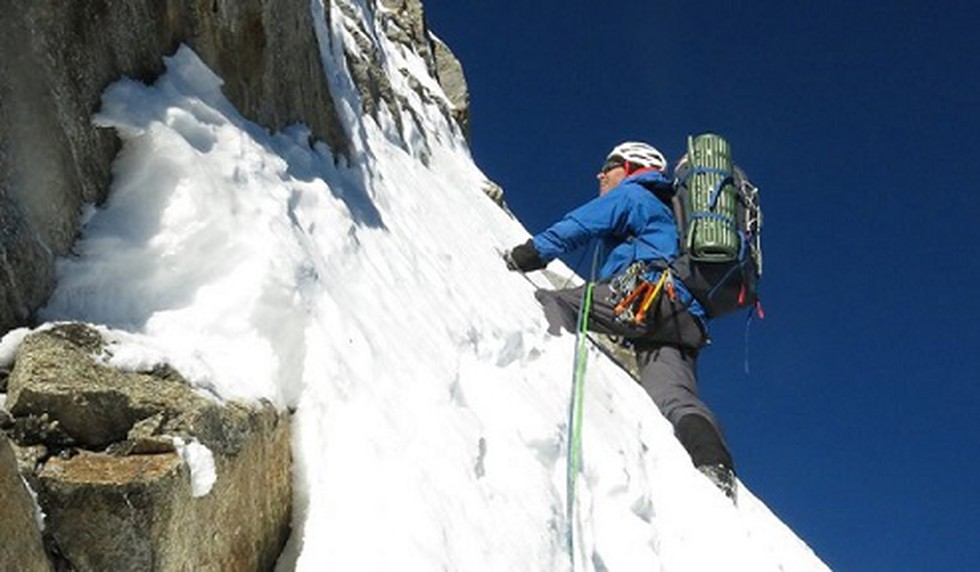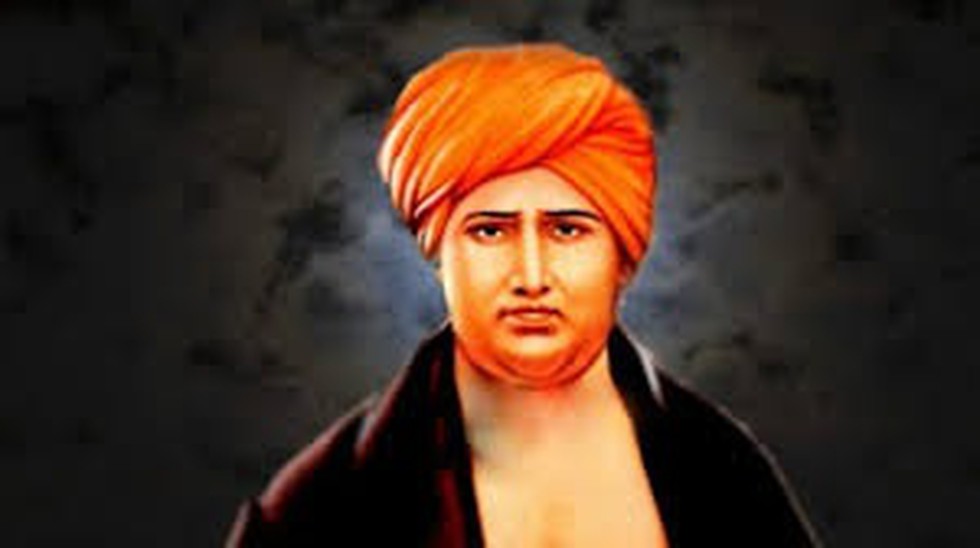CHILD BEGGARS
Union Minister of Women and Child Development informed Lok Sabha about the steps related to Child Beggars.

About:
- The Juvenile Justice (Care and Protection of Children) Act, 2015 (JJ Act) is the primary law for children in the country.
- As per Section 2 (14) (ii) of the JJ Act,2015, a child who is found working in contravention of labour laws or is found begging is included as a “child in need of care and protection”, among others.
- As per Section 76 of JJ Act, whoever employs any child for the purpose of begging shall be punishable with imprisonment upto five years and fine of one lakh rupees.
- As per Section 2 (14) (ii) of the JJ Act,2015, a child who is found working in contravention of labour laws or is found begging is included as a “child in need of care and protection”, among others.
- The Ministry implements a centrally sponsored scheme i.e. Child Protection Services (CPS) under the umbrella Integrated Child Development Services scheme, for supporting the children in difficult circumstances including child beggars and destitute children.
- Under the scheme, institutional care is provided through Child Care Institutions (CCIs), as a rehabilitative measure.
- The scheme supports 24x7 emergency outreach/ helpline service for children in distress conditions. The service is accessible through a dedicated toll free number, 1098 from anywhere in India.
- Under the scheme, institutional care is provided through Child Care Institutions (CCIs), as a rehabilitative measure.
- The Ministry of Social Justice and Empowerment, has undertaken a pilot project for Comprehensive Rehabilitation of Persons engaged in the act of begging in ten (10) cities. It includes education of children engaged in begging/children of persons engaged in the begging.
HILSA
It has been reported that an old project to facilitate the movement of hilsa upstream along the Ganga to its spawning grounds of yore may come to fruition this year.

About:
- In scientific parlance, the hilsa (Tenualosa ilisha) is an anadromous fish.
- That is, it lives most of its life in the ocean, but during the rainy season, when it is time to spawn, the hilsa moves towards the estuary, where the rivers of India and Bangladesh meet the Bay of Bengal.
- A large part of the shoal travels upstream in the Padma and the Ganga — some are known to move towards the Godavari, and there are records of hilsa migration to the Cauvery.
Farakka Barrage Lock
- Historical records also show that until the 1970s, the hilsa would swim the Ganga upstream to Allahabad — and even to Agra.
- But the Farakka Barrage, which became operational on the Ganga in 1975, disrupted the westward movement of the hilsa.
- The barrage had a navigation lock that stopped the fish from swimming upstream beyond Farakka. In Buxar on the border of Bihar and Uttar Pradesh, the last recorded catch of the hilsa was made 32 years ago.
ALPINE STYLE MOUNTAINEERING
The disappearance of three established international mountaineers while attempting to scale the world’s second highest peak, K2, in winter has spotlighted the extreme version of the sport – winter climbing.

About:
- ‘Alpine style’ mountaineering involves ascending with only the minimum number of breaks, and without the assistance of porters.
- The mountaineer carries all of his/her load, including food, equipment, tents, etc. There is no scope for acclimatisation – which may take several days at high altitudes – as climbers make a dash for the summit.
- The alpine style contrasts with the ‘expedition’ or ‘siege’ style of climbing, in which climbers go from one camp to another to acclimatise.
- Winter climbing is always tougher than pre-monsoon, post-monsoon and summer climbing.
- Many consider alpine style to be the most aesthetically "pure" form of mountaineering.
- The benefits of alpine style include spending much less time on the route, thereby reducing objective dangers such as avalanches or blizzards.
- The problems encountered while alpine style climbing are related to lack of support and potentially the lack of acclimatization associated with spending less time at very high altitudes.
AC-III ECONOMY CLASS
Earlier this week, the prototype of a new rail travel class, AC-III Economy, was finalised for oscillation trails at the Indian Railways’ Research Designs and Standards Organisation (RDSO) in Lucknow.

About:
- This class is meant to be an affordable, air-conditioned version of the non-AC Sleeper class.
- The job of creating this was given last year to state-owned Rail Coach Factory (RCF), Kapurthala, the maker of the Linke Hoffmann Busche coaches in India.
- The design philosophy was to take a non-AC Sleeper coach as reference and try and turn that into an AC coach.
- AC-III tier is the only travel class that makes a clear profit for Railways, and is also said to be the most popular. AC-III Economy is expected to maintain that — and provide AC travel to the masses while keeping it affordable.
SWAMI DAYANAND SARASWATI
Information and Broadcasting Minister Prakash Javadekar paid tributes to Swami Dayanand Saraswati on his birth anniversary on February 12, 2021.

About:
- Dayananda Saraswati (12 February 1824 – 30 October 1883) was an Indian philosopher, social leader and founder of the Arya Samaj, a reform movement of the Vedic dharma.
- He was the first to give the call for Swaraj as "India for Indians" in 1876, a call later taken up by Lokmanya Tilak.
- Denouncing the idolatry and ritualistic worship, he worked towards reviving Vedic ideologies.
- Subsequently, the philosopher and President of India, S. Radhakrishnan called him one of the "makers of Modern India", as did Sri Aurobindo.
- Those who were influenced by and followed Dayananda included Madam Cama, Swami Shraddhanand, Shyamji Krishna Varma, Bhagat Singh, Vinayak Damodar Savarkar, Lala Lajpat Rai etc.
- He was a sanyasi (ascetic) from boyhood and a scholar. He believed in the infallible authority of the Vedas. Dayananda advocated the doctrine of Karma and Reincarnation.
- Among Dayananda's contributions were his promoting of the equal rights for women, such as the right to education and reading of Indian scriptures, and his commentary on the Vedas from Vedic Sanskrit in Sanskrit as well as in Hindi.
WORLD RADIO DAY (WRD)
World Radio Day (WRD) is being observed on February 13.

About:
- The day was proclaimed by the member states of UNESCO in 2011 and subsequently adopted by the United Nations General Assembly as an International Day.
- According to UNESCO, radio is a powerful medium for celebrating humanity and constitutes a platform for democratic discourse.
- According to UNESCO, On the occasion of World Radio Day 2021 (WRD 2021), UNESCO calls on radio stations to celebrate this event’s 10th anniversary and the more than 110 years of radio.
- The theme of World Radio Day 2021, "New World, New Radio", will highlight the services rendered by the radio medium throughout the crisis.
Comments
Post a Comment